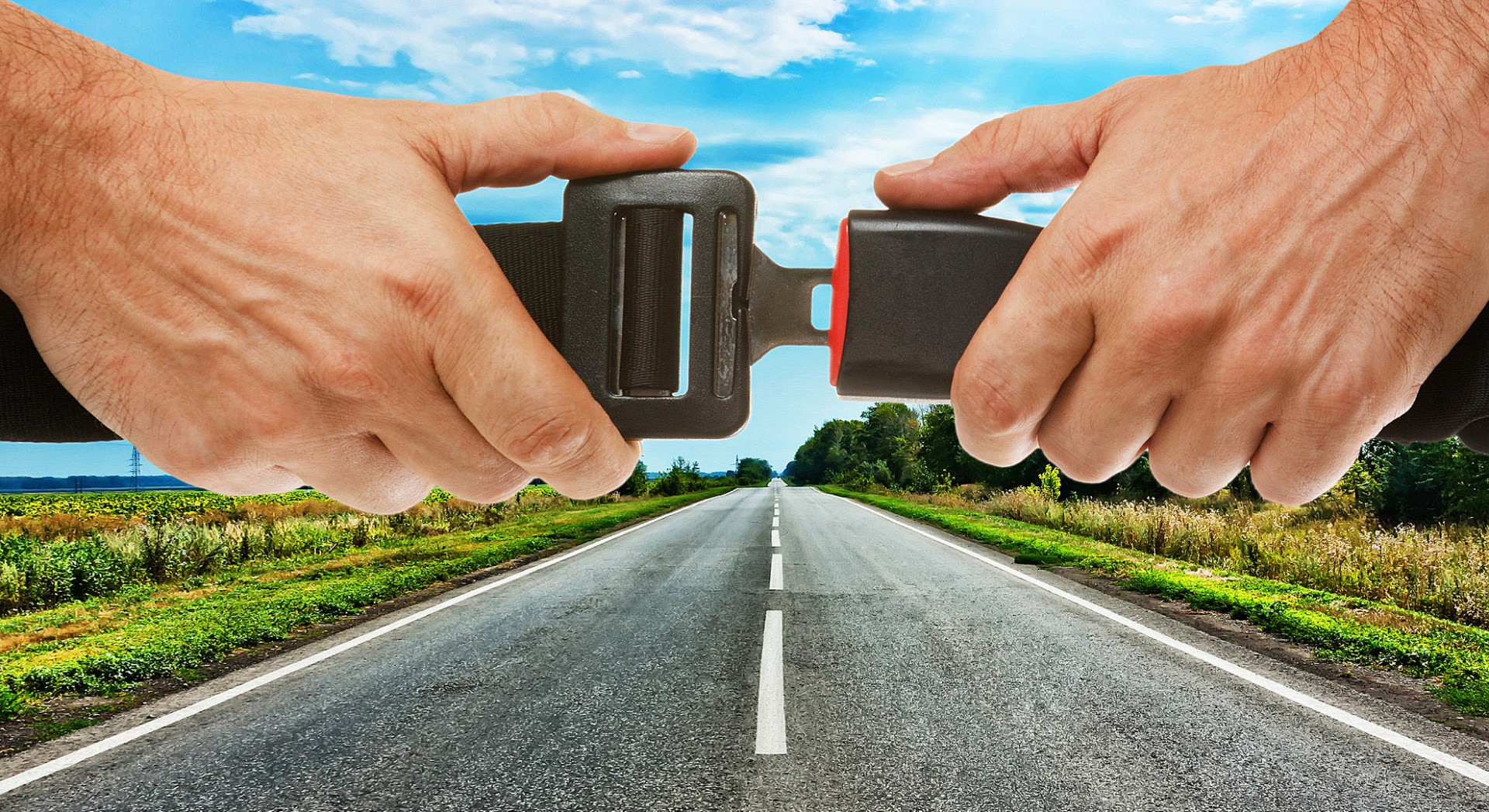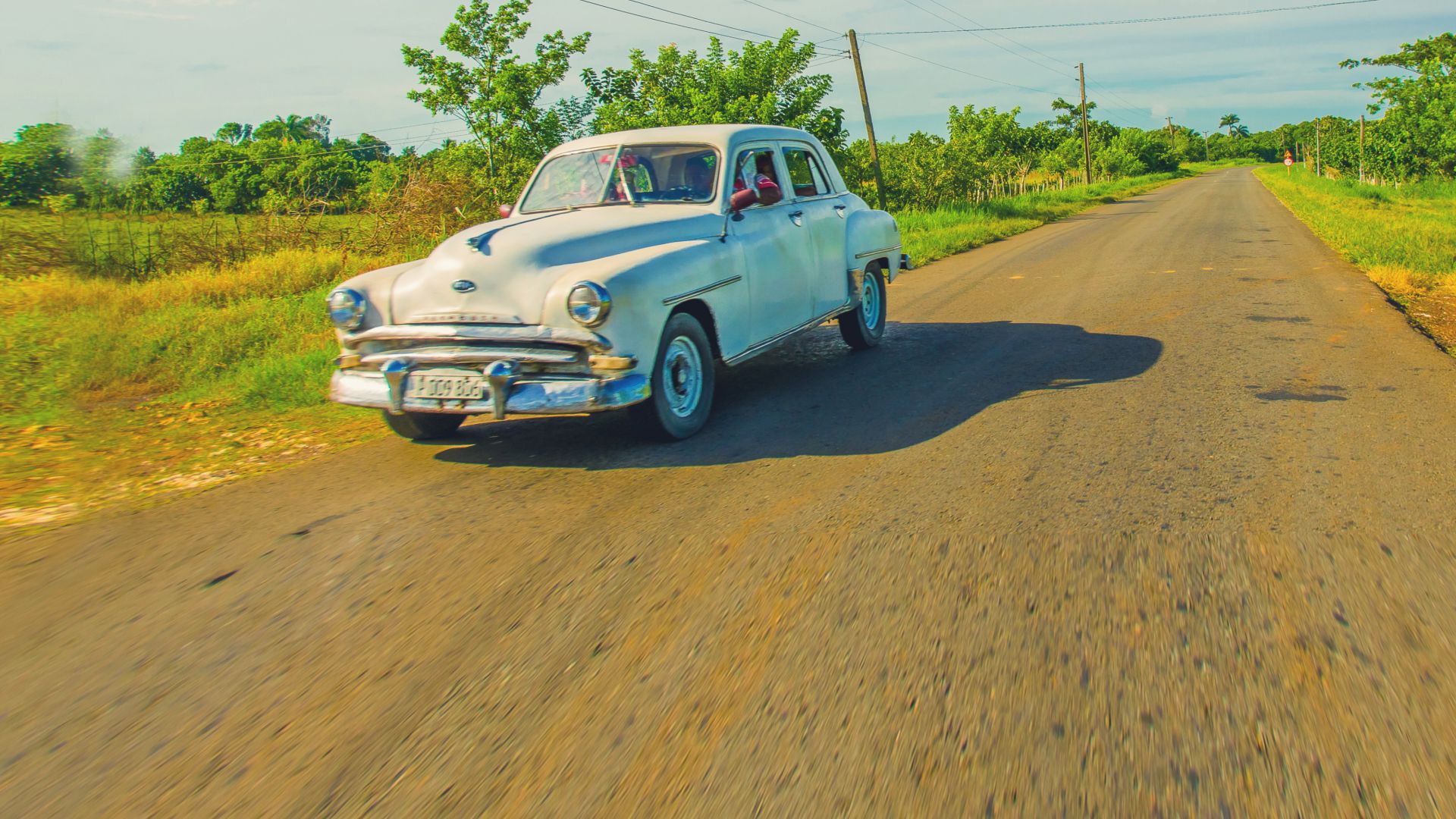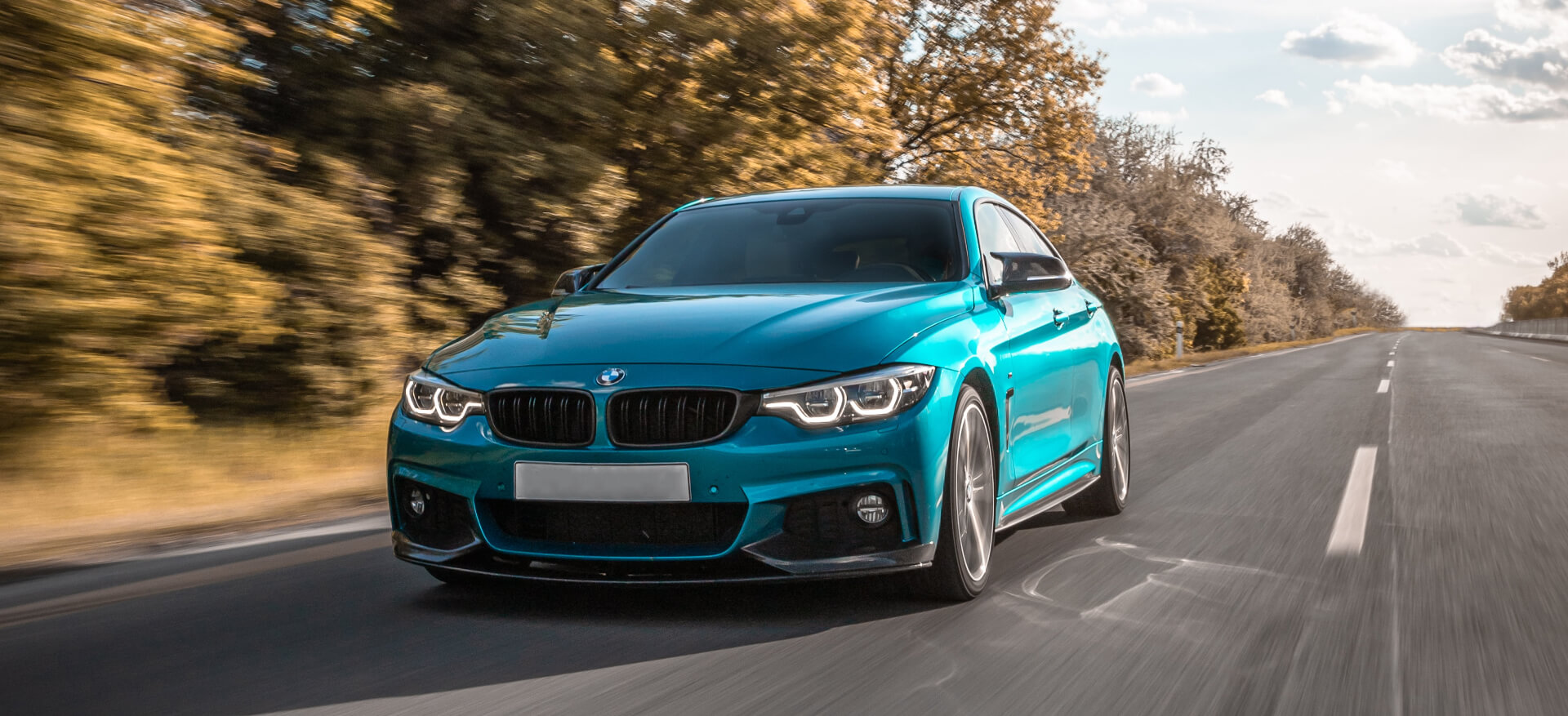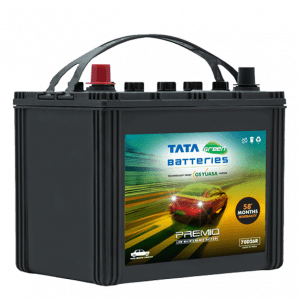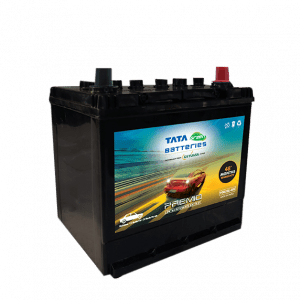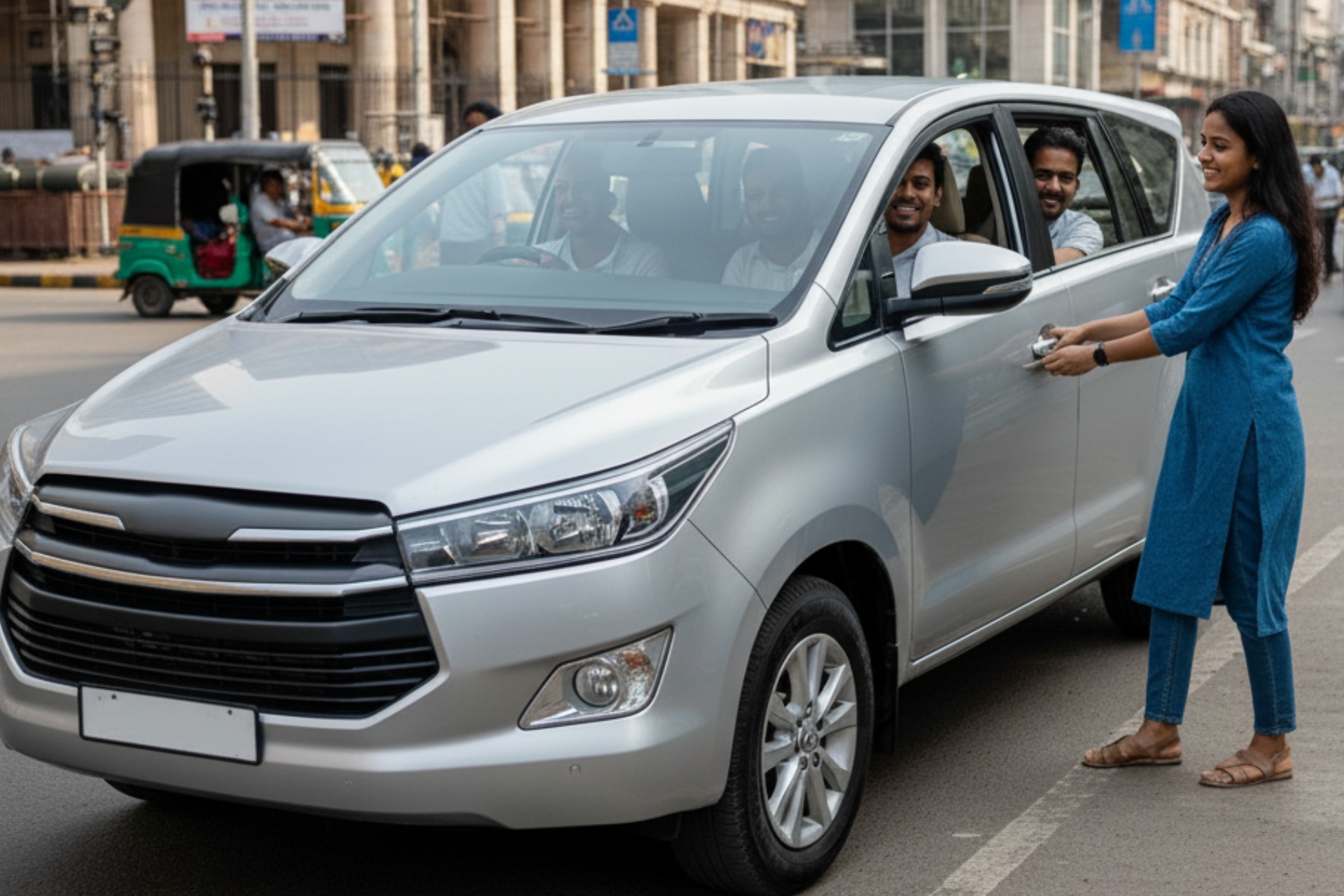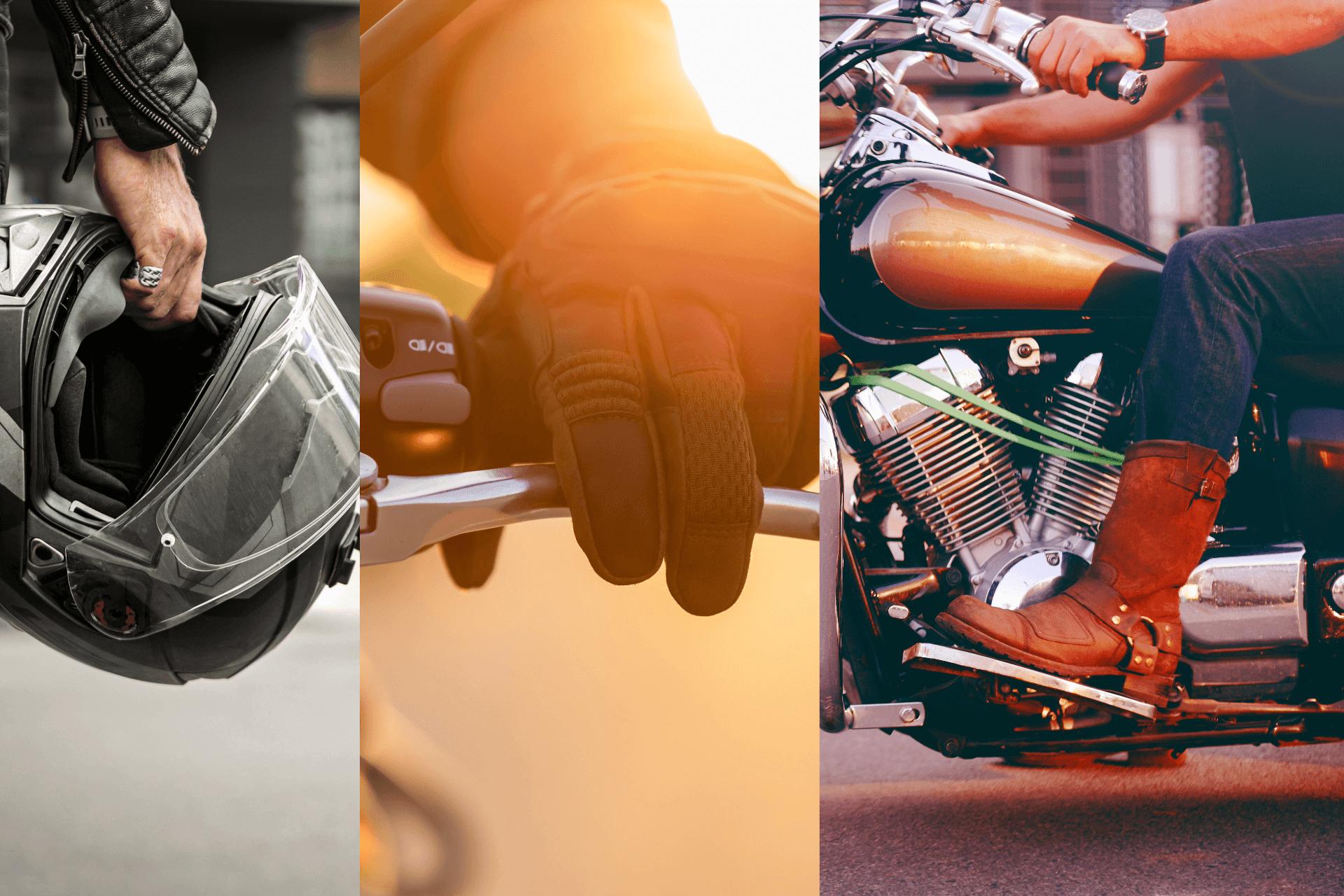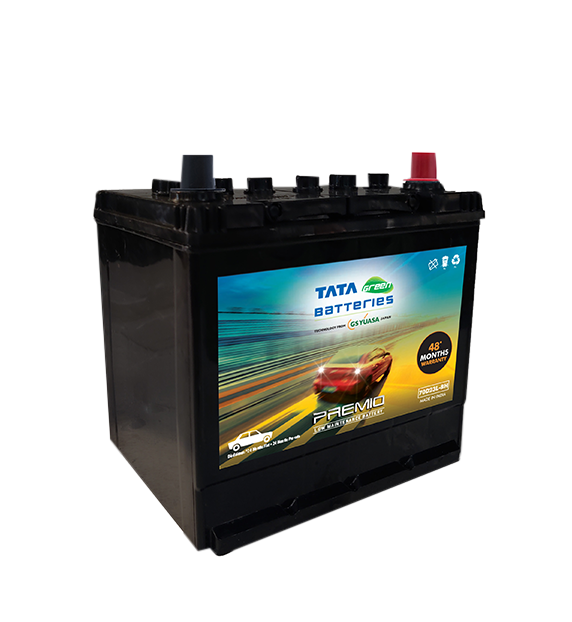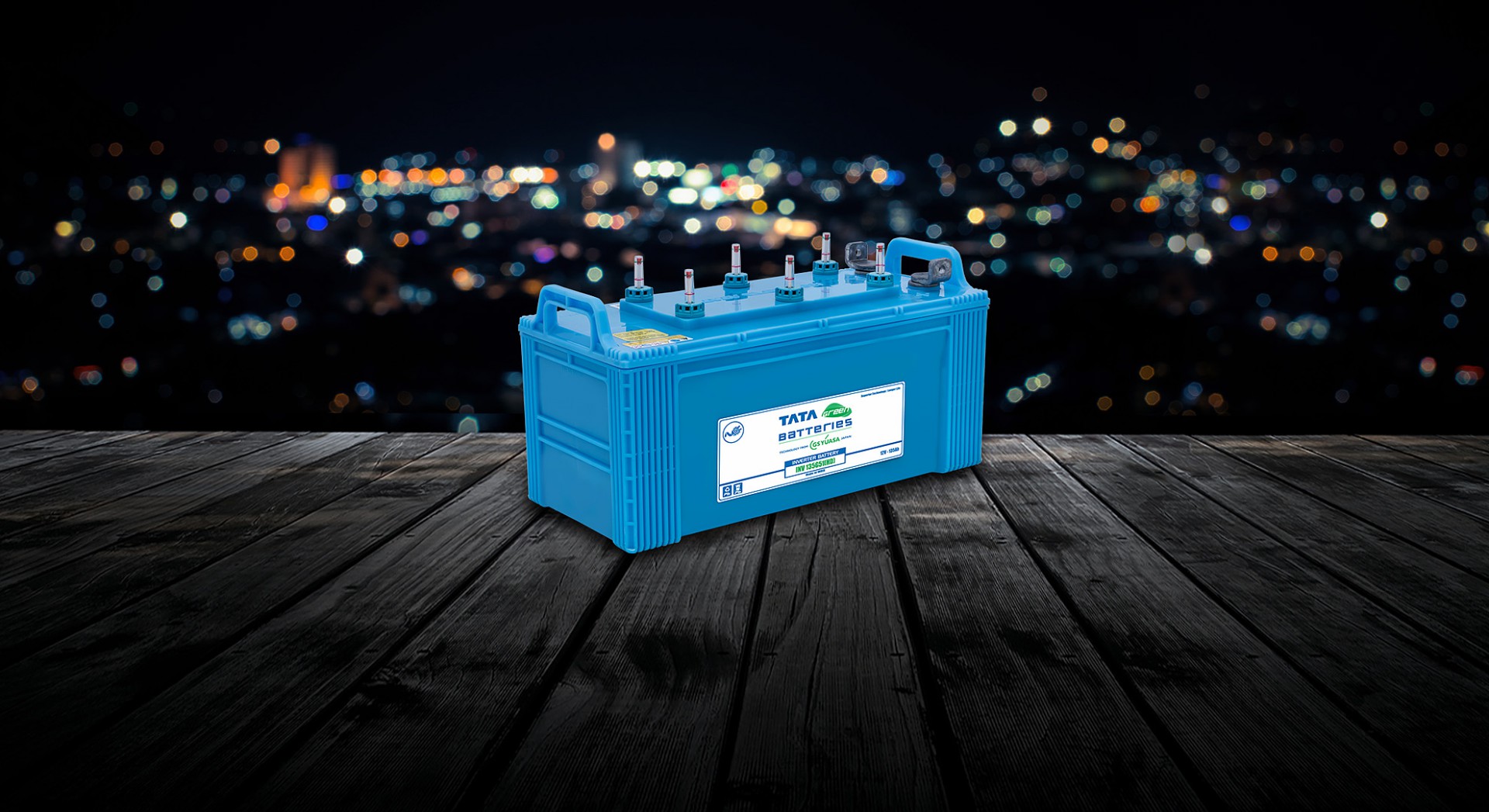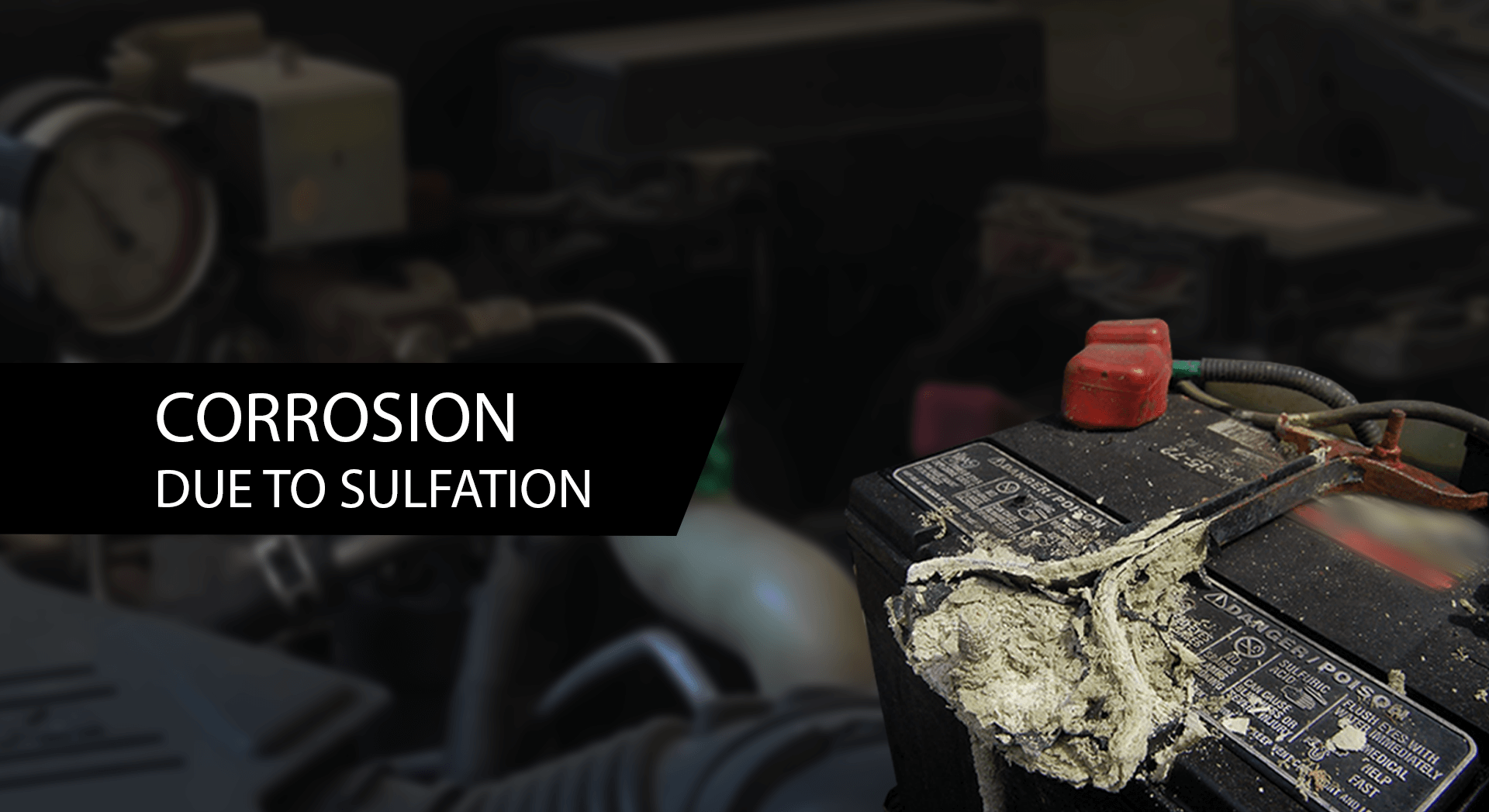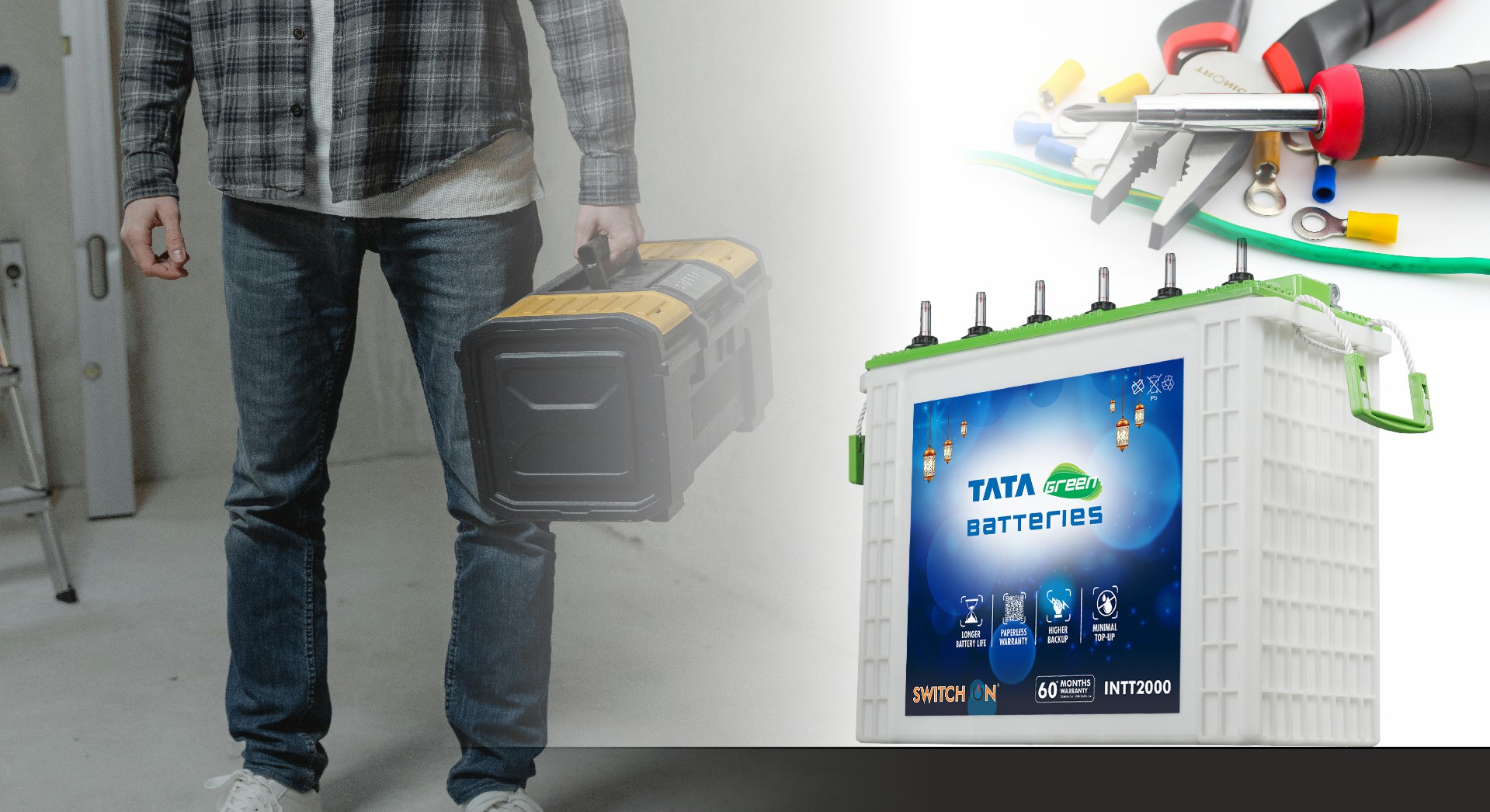Road safety is often an overlooked topic, but the reality is striking. In India alone, over 300 lives are lost on the roads every day. That’s more than 1-2 lakh fatalities annually. Most of these accidents are preventable , often resulting from simple ignorance or violation of traffic rules. If you think you’re in the clear, let this serve as a friendly wake-up call. Whether you’re heading out on a road trip or simply running errands, safety should always come first.
1. Need for Speed? Or Just an Excuse?
“Need for speed” is a catchy phrase that might appeal to some, but it is often used as an excuse to push the accelerator at dangerous speeds. While speeding might make you feel like you’re in control, it’s anything but safe. The truth is road signs — particularly speed limit signs — are there for a reason. They help ensure that everyone on the road gets to their destination safely. High speeds results in sudden jerks and untimely braking, significantly increasing the chances of an accident. Excessive speed reduces your ability to react to obstacles, changes in traffic conditions, or sudden movements from pedestrians and other vehicles. Respect speed limits, especially in residential areas, near schools, and on roads with poor visibility.
2. LOL. BTW…ROFL… R.I.P. – Don’t Text And Drive!
One of the most significant distractions on the road today is the smartphone. Whether it’s texting, scrolling through social media, or checking emails, the temptation to pick up your phone while driving can be overwhelming. However, this momentary distraction can have devastating consequences. Studies show that texting while driving makes you 23 times more likely to be involved in a crash.
The reason is simple: when you’re looking at your phone, you’re not focusing on the road. A ,mere few seconds of distraction can result in colliding with another vehicle, hitting a pedestrian, or swerving off the road. So, resist the urge — put your phone away and keep your focus where it belongs.
3. Alcohol and Driving Don’t Mix – Ever!
There’s a well-known saying: “Don’t drink and drive.” But the reality is that alcohol impairs both your physical and mental abilities. Even small amounts can affect your reaction time, decision-making and coordination. When you’re under the influence, you’re less likely to notice hazards and more likely to make risky decisions, like swerving or speeding.
Drunk driving contributes to a significant percentage of road accidents. In India, over 30% of fatal road accidents are attributed to alcohol consumption. The best solution is simple: if you’re planning to drink, arrange for alternative transportation, such as a cab or a designated driver. arriving safely, is always worth a little inconvenience.
4. Stay Attentive – Safe Driving Requires Focus
Safe driving is all about attention. Many road accidents are caused by drivers who are distracted by various factors — whether it’s chatting with passengers, using a phone or simply not paying attention to their surroundings. When you’re behind the wheel, your primary responsibility is to stay alert.
Be aware of other road users, such as pedestrians, cyclists, motorcyclists and stray animals. Always check your rearview and side mirrors before changing lanes or overtaking. Pay extra attention in areas with heavy traffic, narrow roads or where there’s a high likelihood of unexpected obstructions, such as people stepping out from parked cars.
5. Drowsy Driving is as Dangerous as Drunk Driving
We’ve all been there — driving on long trips, struggling to stay awake, but pushing through because you’re eager to reach your destination. However, driving while fatigued can be just as hazardous as driving under the influence of alcohol.
Drowsy driving slows reaction time, impairs judgment and raises the risk of falling asleep behind the wheel. If you start yawning frequently, feeling drowsy or losing concentration, it’s time to pull over and take a break. Ideally, find a safe spot to rest or grab a coffee to refresh yourself. A 15-minute break or a quick nap can make a world of difference in your alertness and safety on the road.
6. Be Cautious During Adverse Weather Conditions
Bad weather conditions, such as heavy rain, fog or storms, can transform ordinary roads into dangerous ones. Wet or slippery roads, reduced visibility and changing traffic conditions can easily lead to accidents.
While driving in poor weather, it’s safe to reduce your speed, increase your following distance and keep your headlights on. In foggy conditions, use low-beam headlights and drive cautiously. When it’s raining, be extra mindful of puddles and standing water, which can cause your car to hydroplane, especially at higher speeds.
7. Maintain a Safe Distance
Tailgating or driving too close to the vehicle in front of you is a dangerous habit. In case of sudden stops or slow traffic, not leaving enough space between your car and the one ahead increases the risk of rear-end collisions.
The rule of thumb is to maintain at least a two-second gap between your vehicle and the one ahead in dry conditions. In wet or foggy weather, increase that gap to at least four seconds. Additionally, always keep more distance when following larger vehicles like trucks or buses, as their drivers may not be able to see you and their braking might be more sudden.
8. Overtake with Caution
Overtaking is one of the most common causes of road accidents. Many accidents happen when drivers attempt to overtake without checking blind spots or signaling properly. Overtaking at high speeds especially in risky areas, such as curves or narrow roads, can be deadly.
Before overtaking, always check your rearview and side mirrors, use your turn indicators, and ensure there’s enough space and visibility to complete the manoeuvre safely. Never overtake if you’re unsure about the road conditions ahead or when other vehicles are too close.
9. Pamper Your Ride – Regular Maintenance Saves Lives
A well-maintained vehicle is a safer vehicle. Before embarking on a long journey, always conduct a quick vehicle check. This includes ensuring your brakes are working properly, tyre pressure is adequate, lights are functioning and the wiper blades are in good condition. Make sure all fluids, including oil, coolant, and brake fluid, are at the recommended levels. Also, keep your battery in top shape — a dead battery can leave you stranded or unable to start the car in an emergency. Don’t forget to adjust mirrors and clean your windows to ensure maximum visibility.
Conclusion: Stay Safe, Stay Smart
Road safety should always be a priority, no matter how familiar the route is. By following these tips, you’re not only protecting yourself but also contributing to the safety of other road users. Remember, the road is a shared space, and everyone must do their part to keep it safe. Lastly, don’t forget to check your vehicle’s emergency kit before every trip. Ensure you have essential items like a first-aid kit, flashlight, basic tools and a list of emergency contacts. And above all, always wear your seatbelt — no excuse.
For battery issues and replacements , contact the nearest TATA Green Batteries dealer.

